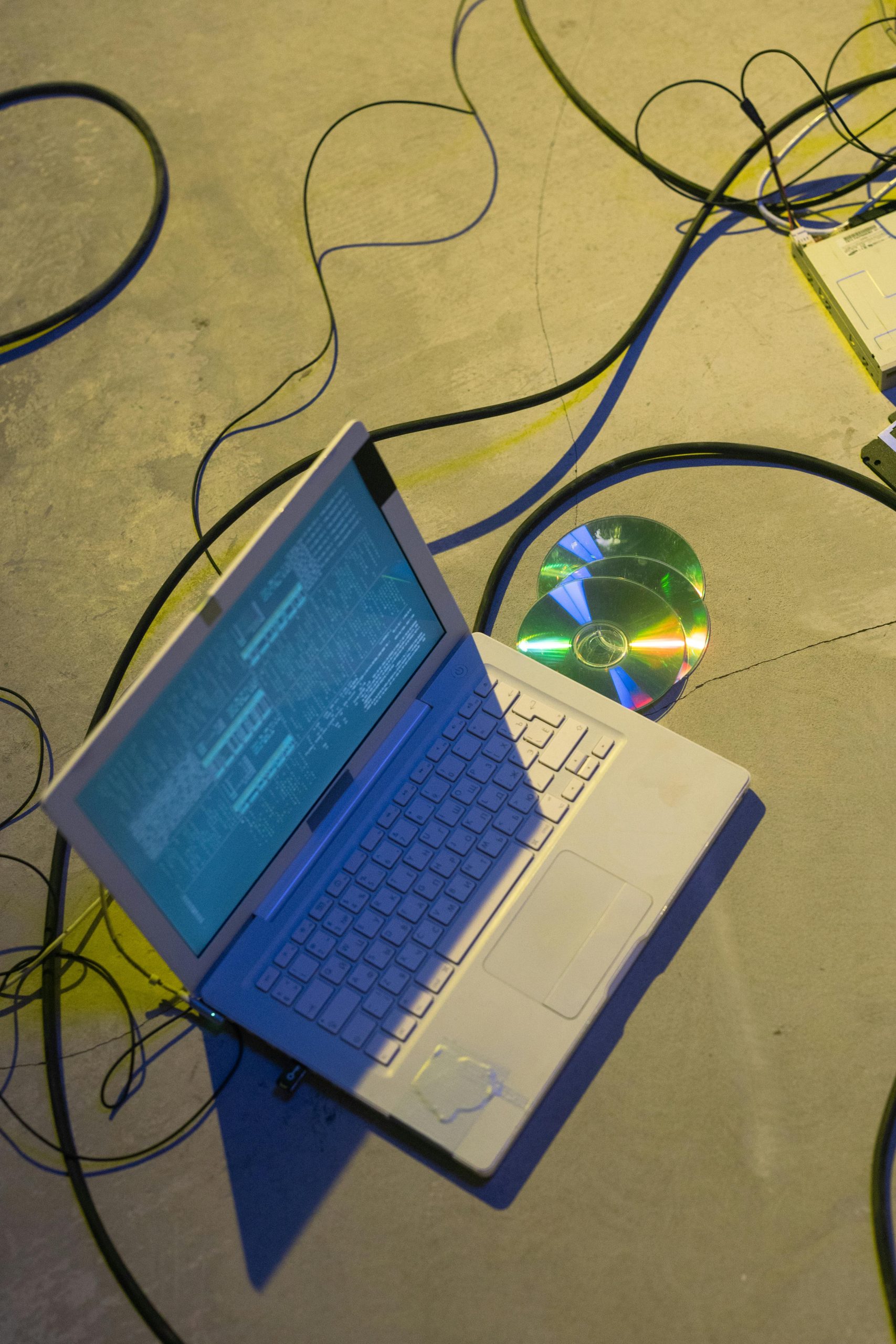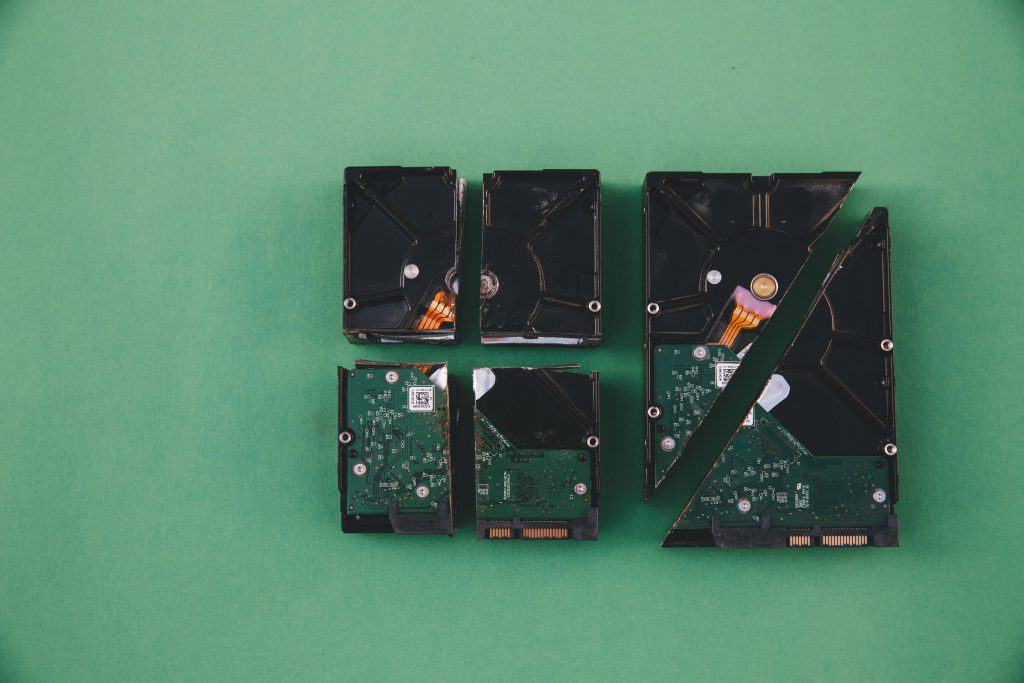Safely Transferring Data from an Infected Laptop: Best Practices and Recommended Tools
If you suspect that a friend’s laptop may be infected with malware or a virus, ensuring the safe transfer of critical data to a clean device is paramount. The process involves careful planning, appropriate tools, and a cautious approach to prevent the spread of potential threats. Here’s an expert overview of best practices for securely extracting data from an compromised machine.
Step 1: Prepare a Clean Environment
Before connecting any drives, establish a secure environment:
- Use a dedicated, malware-free machine: For example, a Linux-based system like Linux Mint, which is less susceptible to Windows-specific malware.
- Ensure the system is disconnected from the internet during the scanning process to avoid accidental spread of malware.
Step 2: Connect External Storage Devices Safely
Your friend has both an external hard drive and the original internal drive, which can be connected via a USB-to-drive adaptor. These devices are essential for transferring data but also potentially contaminated, so they need to be handled with care.
Step 3: Mount and Scan Drives Using Reliable Security Tools
To minimize risk:
- Connect the drives to your Linux system—preferably via a USB adaptor.
- Use trusted antivirus tools compatible with Linux to scan the drives thoroughly.
Recommended Antivirus and Security Procedures on Linux:
- ClamAV: An open-source antivirus engine well-suited for scanning multiple files and drives.
- Installation:
sudo apt-get install clamav - Update virus definitions:
sudo freshclam -
Scan drives:
clamscan -r --bell -i /path/to/mounted/drive -
Sophos or Malwarebytes (via alternative methods): While primarily Windows-based, some antivirus vendors offer Linux versions or bootable rescue media.
-
Bootable Antivirus Rescue Media: For a thorough scan, create a bootable rescue USB with tools like Kaspersky Rescue Disk or Bitdefender Rescue CD. These environments operate outside the infected system, reducing the risk of malware activation during the scan.
Step 4: Using a Linux Live CD/USB for Additional Safety
Alternatively, boot the infected laptop with a Linux live session (e.g., Linux Mint):
- Boot from a trusted live Linux USB.
- Mount the drives after the system is running from the live environment.
- **Scan the drives with
Share this content:


